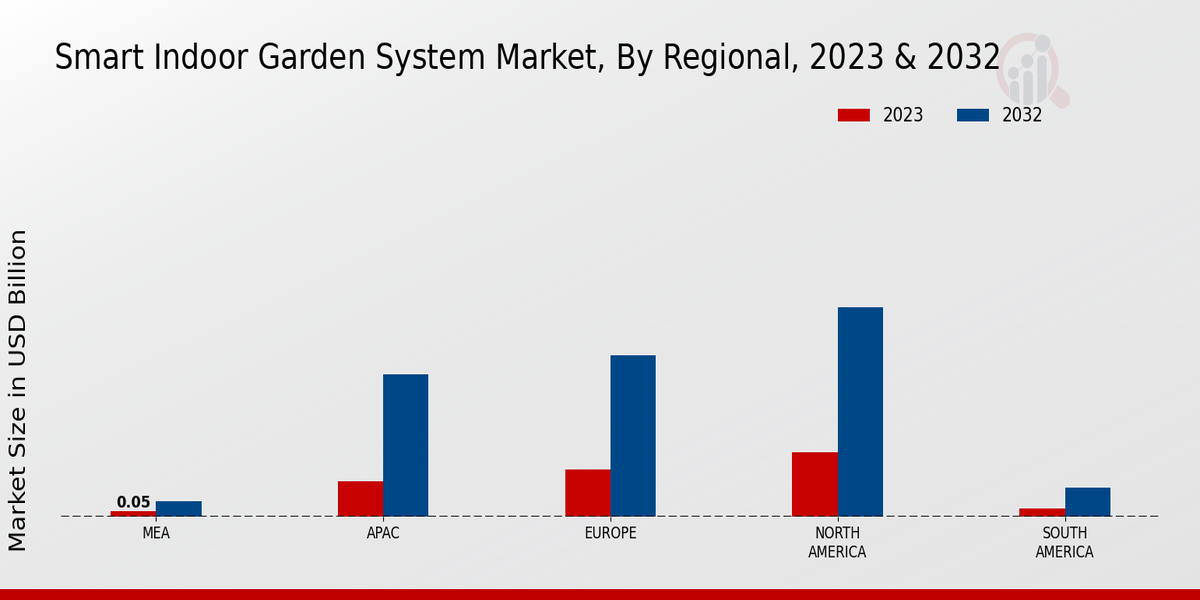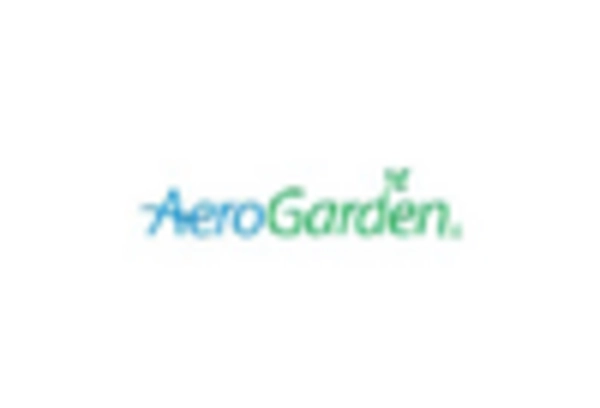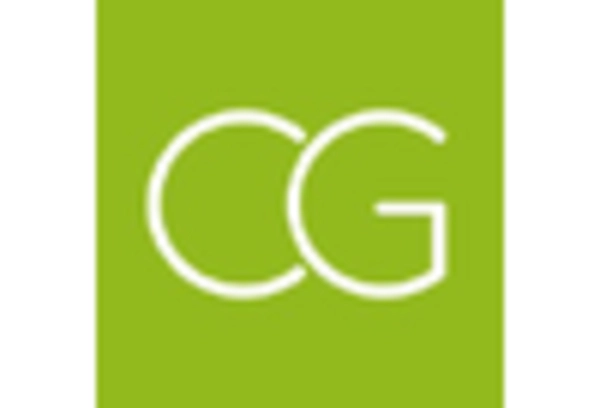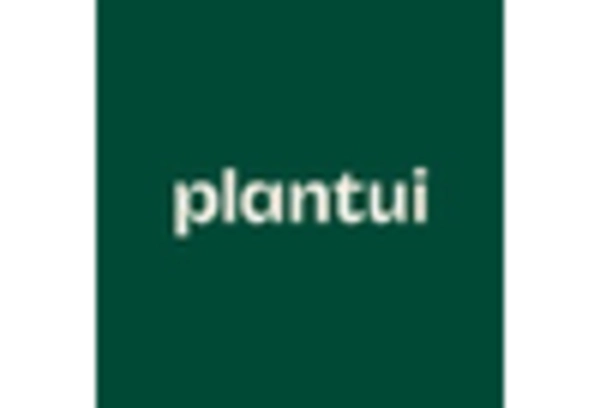Environmental Awareness
Growing environmental awareness among consumers is driving interest in sustainable practices, including indoor gardening. The Smart Indoor Garden System Market benefits from this trend as individuals seek to reduce their carbon footprint and promote biodiversity. Many smart gardening systems utilize energy-efficient technologies and sustainable materials, appealing to eco-conscious consumers. Recent studies indicate that approximately 40% of consumers are willing to invest in sustainable gardening solutions, reflecting a shift towards environmentally friendly practices. As awareness of environmental issues continues to rise, the Smart Indoor Garden System Market is likely to see increased demand for products that align with these values.
Health and Wellness Trends
The rising awareness of health and wellness is significantly influencing the Smart Indoor Garden System Market. Consumers are increasingly seeking fresh, organic produce, which can be conveniently grown indoors. This trend aligns with the growing interest in self-sustainability and the desire for chemical-free food options. Market data suggests that the demand for homegrown vegetables and herbs has risen by nearly 30% in recent years, reflecting a shift towards healthier lifestyles. As individuals prioritize nutrition and well-being, the Smart Indoor Garden System Market is poised to benefit from this heightened focus on personal health, encouraging more households to invest in indoor gardening solutions.
Technological Advancements
The Smart Indoor Garden System Market is experiencing a surge in technological advancements that enhance user experience and gardening efficiency. Innovations such as automated watering systems, smart sensors, and app connectivity allow users to monitor and control their indoor gardens remotely. This integration of technology not only simplifies the gardening process but also appeals to tech-savvy consumers. According to recent data, the adoption of smart gardening technologies has increased by approximately 25% over the past year, indicating a growing interest in automated solutions. As these technologies continue to evolve, they are likely to attract a broader audience, further driving growth in the Smart Indoor Garden System Market.
Urbanization and Space Constraints
Urbanization continues to reshape living environments, leading to increased space constraints in metropolitan areas. The Smart Indoor Garden System Market is well-positioned to address this challenge by offering solutions that enable urban dwellers to cultivate plants in limited spaces. With the population in urban areas projected to reach 68% by 2050, the demand for compact and efficient gardening systems is likely to rise. These systems provide an opportunity for individuals to engage in gardening without the need for extensive outdoor space. As urban gardening becomes more prevalent, the Smart Indoor Garden System Market is expected to expand, catering to the needs of city residents seeking green solutions.
Educational Initiatives and Community Engagement
Educational initiatives and community engagement play a crucial role in promoting the Smart Indoor Garden System Market. Schools, community centers, and local organizations are increasingly incorporating gardening programs that emphasize the benefits of growing food at home. These initiatives not only educate individuals about sustainable practices but also foster a sense of community and shared responsibility. As more people become aware of the advantages of indoor gardening, the market is likely to experience growth. Data suggests that community gardening programs have increased participation by over 20% in recent years, indicating a rising interest in gardening as a communal activity. This trend is expected to further enhance the visibility and appeal of the Smart Indoor Garden System Market.


















Leave a Comment